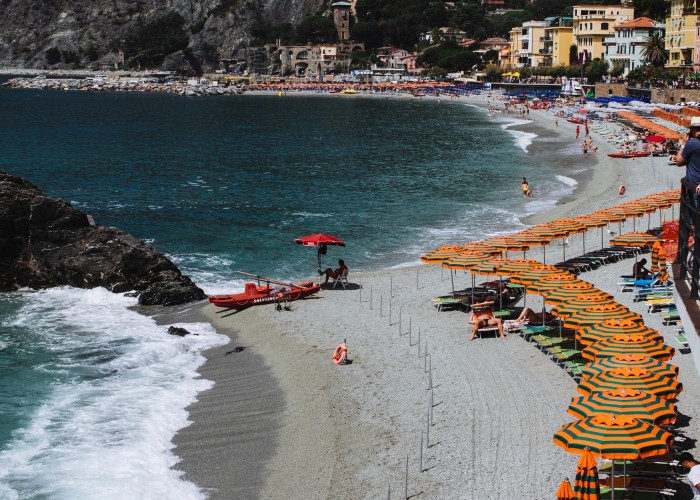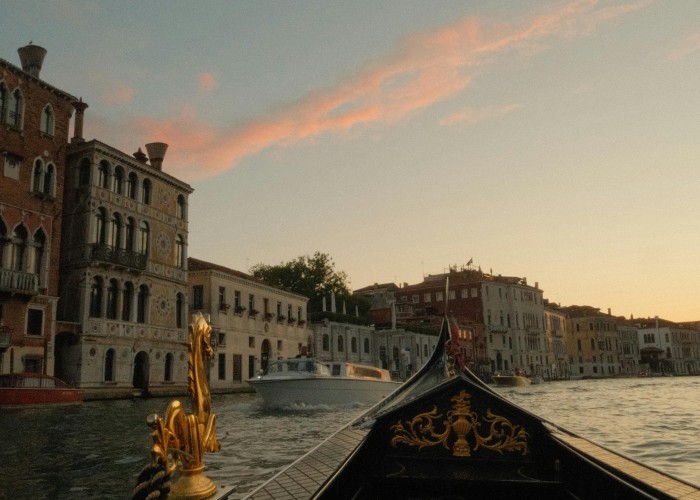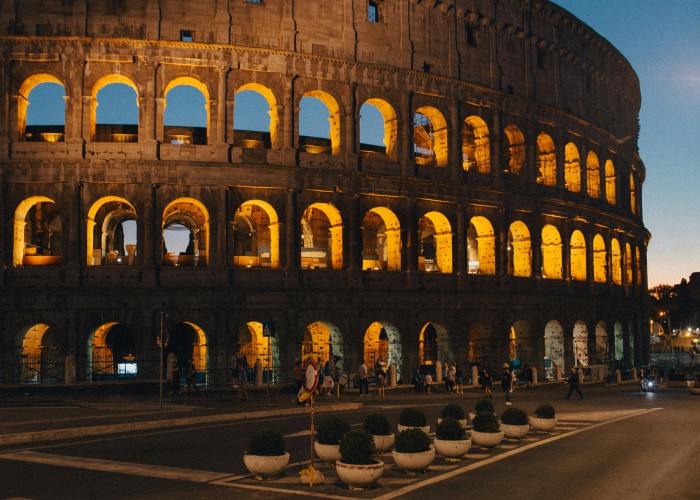Visit Our In-Demand General Blog
Visit Our In-Demand Tour & Travel Blog
Let’s continue to the blog..
Traveling to Italy is a dream for many, thanks to its breathtaking landscapes, rich history, and vibrant culture. But what if you don’t speak Italian? Can you still get around comfortably? The short answer is yes. While knowing some Italian phrases is helpful, navigating Italy without speaking the language is entirely possible, provided you plan ahead and stay aware of local customs. This guide will give you practical tips for transport, accommodations, dining, shopping, and sightseeing so that your trip is smooth and stress-free. Getting Around Italy Without Speaking Italian.
Can You Travel in Italy Without Speaking Italian?
Italy is used to tourists from around the world. In popular tourist destinations like Rome, Florence, Venice, and Milan, many locals working in hotels, restaurants, and transport services speak at least basic English. You can generally communicate, but there are situations where understanding or speaking some Italian will help:
- Ordering at small cafés or local trattorias.
- Reading signs in rural areas or smaller towns.
- Understanding train schedules or transport announcements.
Key takeaway: You don’t need to be fluent, but having a few key phrases or translation apps can make your trip more efficient and enjoyable.
Navigating Transportation
Italy’s transportation network is extensive, including metros, buses, trains, taxis, and ferries. Here’s how to manage each without speaking Italian:
Trains
Trains connect nearly every city and town. High-speed trains are popular between cities like Rome, Florence, Milan, and Venice.
- Ticket purchase: You can use English on official ticket machines or train websites.
- Station signs: Major stations have English translations.
- Conductors: Most understand basic English, especially on high-speed trains.
Tip: Print or screenshot your ticket and itinerary to avoid confusion.
Buses and Trams
City buses and trams are common in Italian cities.
- Ticketing: Tickets are often bought from machines or tabacchi shops. Machines may have English instructions in larger cities.
- Routes: Use apps like Google Maps or Citymapper to plan your journey.
- Validation: Always validate your ticket using the machine on board.
Tip: If you’re unsure, ask fellow passengers or show your app route on your phone—they are usually helpful.
Metro Systems
Cities like Rome, Milan, and Naples have metro systems.
- Stations and lines are clearly marked.
- Most metro maps include English translations in major cities.
- Station staff in central hubs generally speak English.
Taxis and Rideshare
- Taxis: Official taxis are reliable but may not always speak English. Showing your destination on Google Maps can help.
- Rideshare apps: Services like Free Now or Uber (in limited cities) allow English-language booking.
Tip: Always confirm the fare before starting the trip.
Accommodation Without Italian
Booking hotels, hostels, or Airbnb properties in Italy without speaking Italian is easy:
- Online booking platforms like Booking.com or Airbnb are available in English.
- Hotel staff: Most receptionists in tourist areas speak English.
- Small B&Bs: Communication may be limited. Bringing a translation app is useful.
Tip: Email confirmation with your booking and directions in both English and Italian helps avoid confusion on arrival.
Dining Out Without Italian
Food is one of the best reasons to visit Italy. Eating out without speaking Italian is possible with a few tips:
Menu Navigation
- Many restaurants in tourist areas provide English menus.
- In smaller towns, menus may be only in Italian. Use Google Translate or a translation app.
Ordering
- Simple phrases like “Vorrei…” (I would like…) and “Per favore” (Please) are helpful.
- Pointing at menu items or showing your app screen works perfectly.
Dining Etiquette
- Wait to be seated in restaurants; some may have a host.
- In cafés, paying at the counter is common.
- Tipping is not mandatory; rounding up or leaving 5–10% is appreciated.
Tip: Learn a few food-related words like pasta, pizza, acqua (water), vino (wine) to make ordering smoother.
Shopping Without Speaking Italian
Shopping in Italy can be enjoyable without Italian.
- Clothing stores: Staff in urban areas often speak English.
- Markets: Haggling is less common, but gestures and pointing work well.
- Pharmacies: Most pharmacists in cities understand English, especially for common medications.
Tip: Carry a small phrasebook or use a translation app for exact items or sizes.
Sightseeing Without Italian
Italy is rich in museums, galleries, and historical landmarks.
- Tickets: Major attractions have English-language options for online booking. Getting Around Italy Without Speaking Italian.
- Tours: English-guided tours are available in most cities.
- Signs and information panels: Key sites often have English translations.
Museums
- Some smaller museums may not offer English audio guides.
- Using an app or downloaded guidebooks can enhance your experience.
Guided Tours
- Joining group tours in English is a safe way to understand historical and cultural context.
- Walking tours in major cities usually offer English guides.
Tip: Early bookings for popular attractions like the Vatican or Uffizi Gallery are recommended to avoid long waits. Getting Around Italy Without Speaking Italian.
Communication Tools for Non-Italian Speakers
- Translation apps: Google Translate, Microsoft Translator, and iTranslate work offline.
- Maps and navigation apps: Google Maps, Citymapper, and Rome2Rio provide English guidance.
- Phrasebooks: Keep a small pocket phrasebook for essential phrases.
- Offline options: Download maps, phrases, and transport info before leaving your accommodation.
Cultural Tips for Non-Italian Speakers
- Gestures: Italians use gestures extensively; learning a few common ones helps communication.
- Politeness: Always say “Buongiorno” (Good morning) and “Grazie” (Thank you).
- Patience: Communication may take time, especially in smaller towns. Smile and remain polite.
Common Concerns Addressed
1. Will I get lost without Italian?
Not usually. Major cities are well-signposted. Using maps, apps, and asking polite locals will guide you effectively.
2. Can I use public transport without Italian?
Yes. Train stations, metro systems, and buses in big cities are tourist-friendly. Tickets can be bought using English instructions or apps.
3. Will locals understand me?
Most people in tourist areas have some English knowledge. In small towns, gestures and translation apps work well.
4. Are rural areas accessible?
Yes, but plan transport in advance. Some bus schedules may be in Italian only. Carry printed timetables or screenshots.
FAQs for Traveling Without Italian
1. Do I need Italian for Italy travel?
No, English is widely understood in cities and tourist areas. Learning a few phrases improves your experience.
2. How do I order food without speaking Italian?
Use English menus, point to dishes, or use a translation app. Simple phrases like “Vorrei” help.
3. Can I take taxis safely without Italian?
Yes, show your destination on Google Maps. Use official taxis or rideshare apps where possible.
4. Is public transport easy for non-Italian speakers?
Yes, metros, buses, and trains have English instructions in major cities. Always plan using apps.
5. Are guided tours available in English?
Yes, most popular tourist attractions offer English tours or audio guides.
Conclusion
Traveling in Italy without speaking Italian is entirely feasible. With basic preparation, a few key phrases, and useful apps, you can navigate transportation, order food, book accommodations, and explore attractions confidently.






Leave a Reply